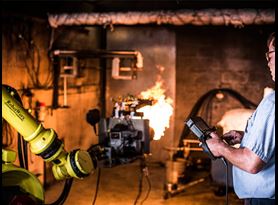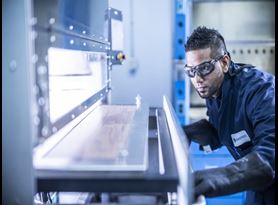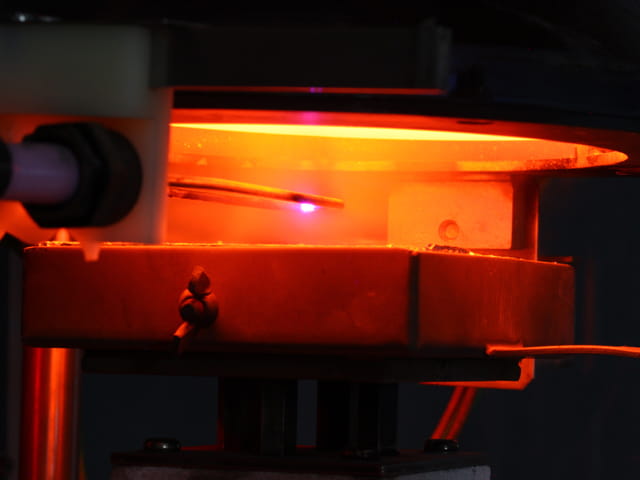Reaction-to-fire testing analyzes how a material or product responds to a controlled fire challenge. Measurements can include how fast the material ignites, how much and how quickly heat is emitted, how much mass is lost, and how much smoke is produced.
The rate of heat release is considered to be a significant predictor of a potential fire hazard, and the cone calorimeter is a valuable bench-scale instrument in fire testing to quantitatively evaluate the relative risk that different materials pose.
Due to the relatively small specimen sizes used for the test, the cone calorimeter test is a cost-effective way to research the fire performance of products while still in the developmental stage, for assessing material compliance to established performance requirements, as on-going quality control, or even to generate data for litigation purposes.
Additional advantages to cone calorimeter testing are the ability to measure smoke production, which can play an important role in material selection for critical applications.
Learn more

Cone Calorimeter Testing
Learn about the Cone Calorimeter test and how Element's fire testing experts use their experience to assess how a material or product responds to a controlled fire challenge.

Reaction To Fire
Find out how Element's reaction to fire testing services help to provide a competitive advantage by demonstrating the product’s superior reaction-to-fire qualities.

Fire and Flammability
Find out how Element conducts a range of flammability, fire testing and fire-resistance testing to ISO, NEBS, SAE, FAA and Roll-Royce standards.

Radiant Panel Test
Learn about Element's radiant panel test, the determination of the relative critical radiant flux, and the common standard methods of test ASTM E648 and NFPA 253.

